White Wine Vinification
Credits: Bourgogne-wines.com
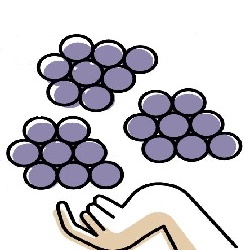
| HarvestingWhite grapes are harvested and sorted. |
CrushingHarvested grapes are crushed to release the must. | |
PressingPressing separates the juice from the skins, seeds, and stems. | |
FermentationYeasts transform the white grape juice into wine (sugar into alcohol). | |
MaturationMaturation refers to the time after fermentation. | |

| AgingAging refers to the changes in wine after bottling. |
Harvesting
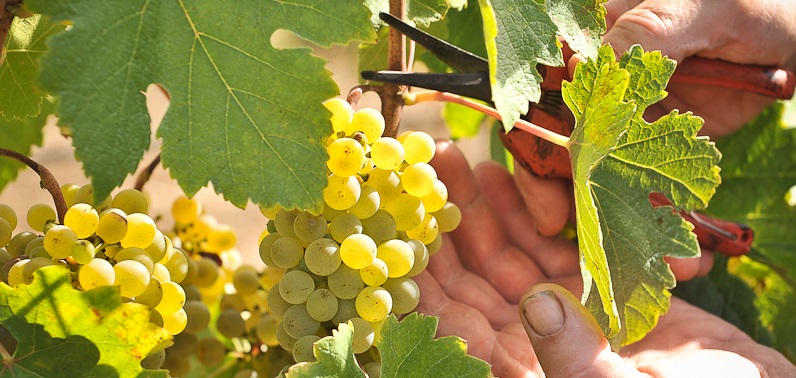
The best quality wines are produced from hand-picked grapes
The first step to produce a white wine, is to harvest white grapes.
The most common white grapes are:
- Chardonnay
- Sauvignon Blanc
- Riesling
- Pinot Grigio
- Pinot Blanc
Sorting
After harvesting, grape clusters are sorted (French:Triage) for quality.
Unripe, diseased, and damaged grapes, bugs and leaves are removed.
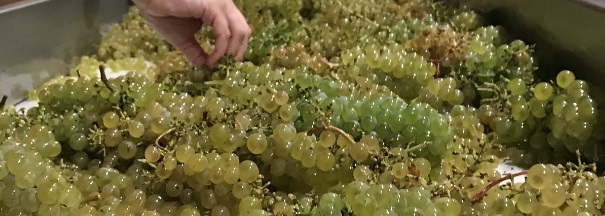
Sorting grapes before crushing
Crushing
After sorting, the grapes are crushed to crack the skins and release the must.
Must is the crushed grape juice that contains flesh, skins, seeds, and stems.
Modern crushing machines are calibrated not to crush the seeds full of bitter tannins.
Destemming
A crushing machine also removes the stems to minimize the astringent taste they can add to wine.
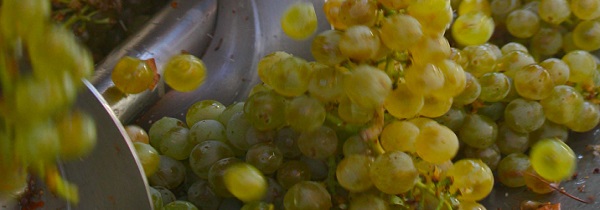
Grapes are crushed to release the must
"Vinum mustum"="Young wine"
Pressing

Pressing is the process of separating the liquid from the solids.
White wine grapes are pressed immediately after crushing to avoid any contact with skins, stems and seeds that are rich in tannins. This is the major difference between white and red wines.
Alcoholic Fermentation
Alcoholic Fermentation is the transformation of grape juice into wine (sugar into alcohol).
In this process, yeast transforms fructose and glucose in the juice to ethanol, CO2, and heat:
=
White wines are most often fermented in stainless steel tanks. This does not add ekstra aromatic compounds to the wine.
Fermentation in oak barrels adds secondary flavors.
Rosé and white wines are fermented at lower temperatures (12-22°C, 54-72°F) to maximize the fresh fruit aromas.
Red wines are fermented at higher temperatures (20-32°C, 68-90°F) to extract more color and tannins.
Malolactic
Malolactic Conversion or Fermentation (MALO or MLF) is optional and converts Malic Acid into Lactic acid. The wine becomes more stable, flavor changes and the acidity is slightly reduced.
MLF transforms the aromatic compounds from citrusy, green, refreshing and crispy to buttery, lactic, nutty, yeasty, oaky, sweaty and earthy.
Maturation
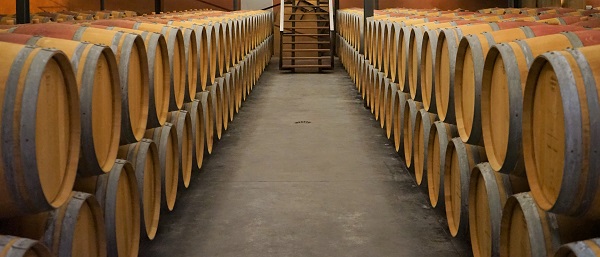
Maturation refers to the period after Fermentation before Bottling
Maturation refers to a period of time after Fermentation and before Bottling. During this time the wine goes through changes: blending, MLF, clarification, stabilization etc.
The wine color progressively changes to darker tones: from green to yellow straw to gold and the grape-derived aromas fade.
Aging
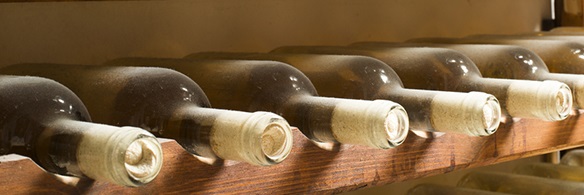
Aging refers to the changes in wine after bottling.